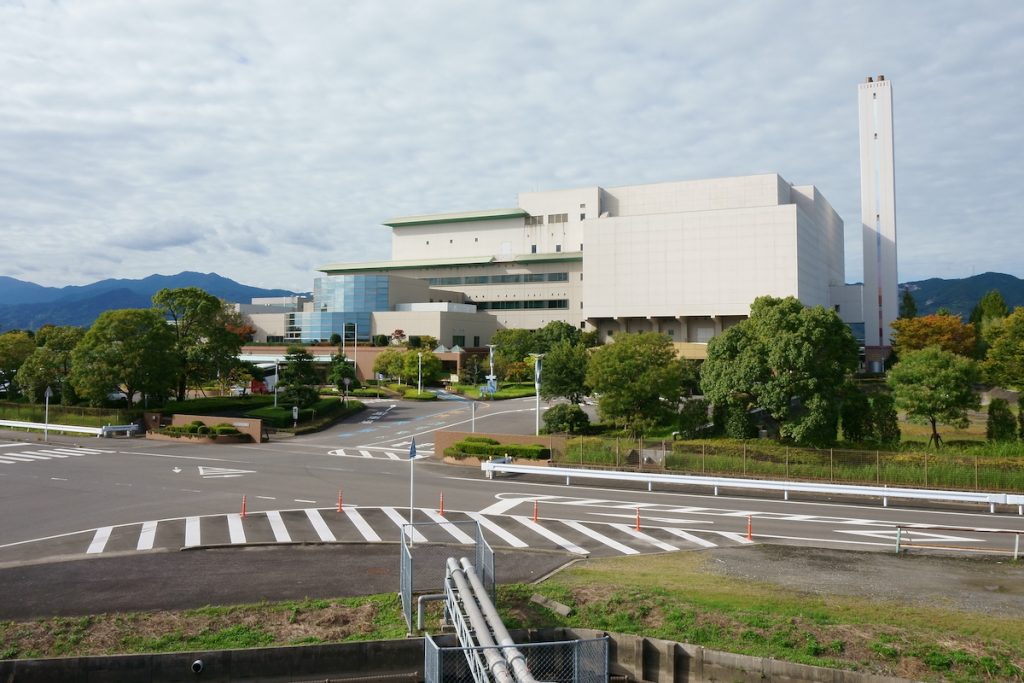
Read the full story on Japan 2 Earth - Japan’s Plastic Recycling: The Unseen Reality
In 2021, Japan achieved an impressive plastic recycling rate of 87%. At first glance, this might portray Japan as an environmentally advanced nation. However, there’s a key difference in Japan’s recycling approach compared to Europe.
Japan includes the incineration of plastic and the use of thermal energy generated from this process in its definition of recycling, inflating the figures. To genuinely reduce negative environmental impacts, Japan's focus must shift towards reusing plastic as a material, a goal that necessitates cost reduction through technological innovation.
Japanese companies are actively pursuing innovations such as electrostatic sorting and other novel technologies that eliminate the need for separation processes.
Recycling Rate in Reality
Plastic recycling can be categorized into two types: material recycling, where waste plastics are crushed and reused as raw material, and chemical recycling, where plastics are chemically broken down and reused as oil or gas. In Japan, a third type – thermal recycling involving incineration and energy utilization – is also considered recycling. Notably, thermal recycling constitutes a significant portion of Japan's plastic recycling efforts.

According to the Tokyo-based Plastic Waste Management Institute, Japan's plastic recycling rate in 2021 was 87%. Thermal recycling accounted for 62%, while material and chemical recycling combined constituted only 25%. While thermal recycling contributes to environmental efforts by recovering heat for use in power generation, it also presents challenges for achieving carbon neutrality due to carbon dioxide emissions from the incineration process.
Continue reading the full story on Japan 2 Earth to learn more about technological innovations that could drive plastic recycling.
And find more great articles on the environment and the challenges of achieving the SDGs on our new website Japan 2 Earth (J2E), sparking a transition to the future.
RELATED:
- Rice-Based Bioplastics: A Sustainable Alternative with Added Advantages
- DENSO Launches New System to Recycle Plastic Bottles Almost Indefinitely
- 500 Million Tons of Disappeared Plastic Waste: Flow into Oceans Is Just the Tip of the Iceberg
(Read the article in Japanese.)
Author: Hiroto Kuwajima








